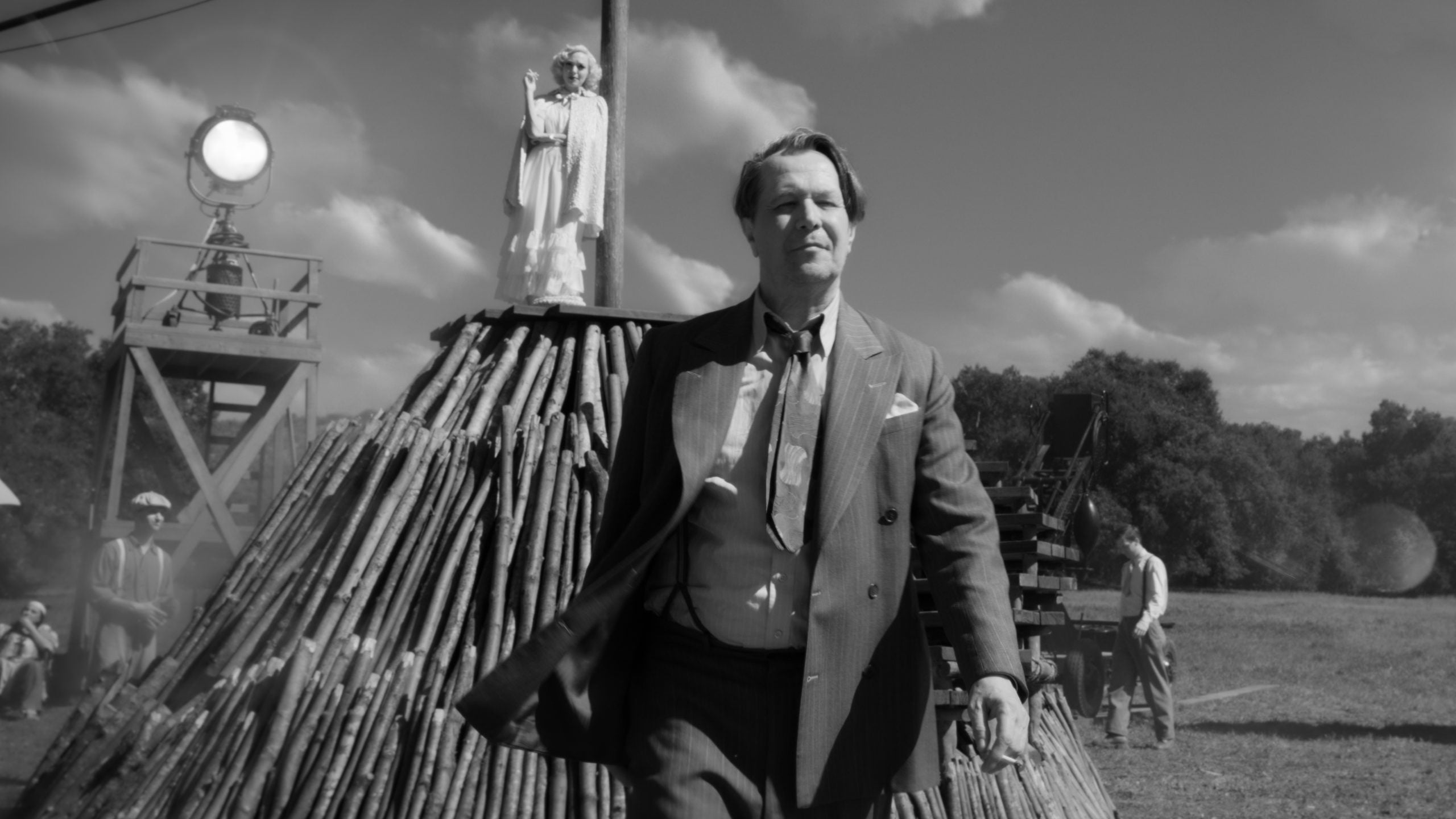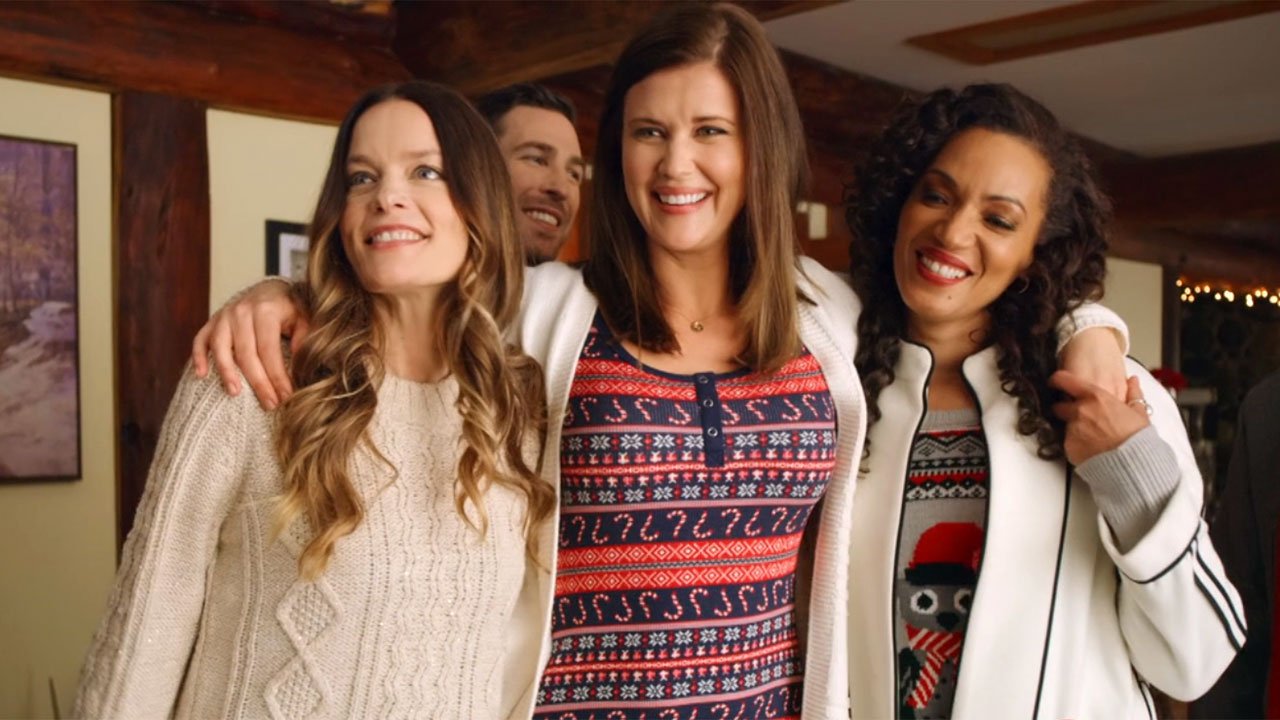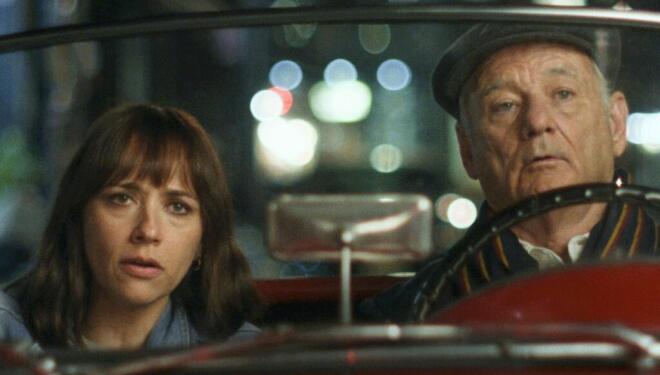Theme Festival - TV Movies

It’s not just the pandemic that is providing a boost to the made-for-TV movie sector – the growth of streaming, the availability of top talent and changing audience demands are also factors, reports Ruth Lawes.
At the 2021 Academy Awards, it was not a major Hollywood studio that garnered the most nominations but Netflix. In total, the global streamer was up for a total of 36 Oscars, with its film Mank, starring Gary Oldman as Citizen Kane screenwriter Herman J Mankiewicz, accounting for 10 of these.
Netflix eventually took home seven awards, the most wins for a single studio since 2017. It is a dramatic upturn in events, considering the SVoD platform received its first Oscar nomination just eight years ago, when its doc The Square was nominated for Best Documentary Feature.
With Netflix now exceeding 200 million subscribers worldwide and enjoying a steady stream of awards and critical acclaim for its films, it’s clear the Hollywood studios no longer monopolise the movie business. Meanwhile, traditional broadcasters continue to commission made-for-TV movies and audiences still tune into long-running TV movie slots on cable networks such as Lifetime and Hallmark. And this trend isn’t only in the US.

“Our movies consistently achieve 40% [audience share] on French TV in daytime on TF1 and M6,” says Louisa Cadywould, senior VP and head of international distribution at Newen- and A+E Networks-owned Reel One Entertainment. “Our Christmas movie, Christmas on Holly Lane, outperformed the premiere of [Guillermo Del Toro’s Oscar-winning hit] The Shape of Water on Sky Cinema.”
When it comes to jostling for viewers and for awards, has the distinction faded between theatrical films and made-for-TV movies?
“The line is definitely blurred,” says Nina Maag, head of high-end streaming content at Germany’s Bavaria Fiction. “The high quality of production across TV movies, and the subtle move by leading acting and writing talent to step away from solely being feature film talent to work with the streamers and TV companies, means there is far less distinction between movies made for the big or small screens.
“Getting in front of large audiences to tell entertaining and often important stories is a fundamental goal for all creatives and it is now far less about the delivery medium.”

In fact, streamers ordering original movies has only boosted the stock of made-for-TV films stock, says Cadywould. “For some people, the phrase ‘TV movie’ has had a certain connotation, which wasn’t so favourable. That is why streamers like Netflix commissioning original movies has helped to change perceptions.
“Some of our latest clients have been encouraged by seeing the success of original movies on streamers and seeing that they perform as well as or better than movies with an existing profile or famous cast – and for a lower cost. When investors see success on rival platforms, that opens even more doors for us.”
The proliferation of streamers has also driven increased demand for telemovies, particularly among AVoD platforms and newer players that need to stock up their libraries, Cadywould adds.
For Rick Barker, head of sales at UK-based DCD Rights, streamers have spearheaded the renaissance of telemovies because they afford more flexibility. “In bygone years, scheduling of TV movies was tricky to fit in around the standard daily schedule and they tended to get dumped at the end of an evening when there was space without time constraints,” he says.
“The new wave of digital opportunities has given rise to the rebirth of the format, as there are fewer constraints. This gives greater flexibility for brands such as the Jack Irish franchise of TV movies and series to be rolled out as a collection.”

This works both ways, with global players using original films as “flagship projects” to attract subscribers, Barker adds. Examples include Martin Scorsese’s mob epic The Irishman for Netflix and Sofia Coppola’s Apple TV+ film On the Rocks, which stars Bill Murray and Rashida Jones.
“Streamers such as Netflix have realised that lavish and well-cast productions reach their audiences and that, through the exclusivity of offering their films only through their platform, they gain more users. Also, having access to a worldwide audience, they can produce more genre-specific programming that would be too niche for a public broadcaster,” Maag says.
While it may seem that telemovies are part of the content exodus from traditional broadcasters to streamers, that isn’t the case at all, according to several execs. Cadywould describes them as a “bread and butter” staple for broadcasters. “That’s because they are low-risk, efficient, standalone programming that delivers to a broadcaster’s bottom line,” she continues. “I have been working on TV movies for nine years and I have seen only an increase in the number of buyers we are selling to, never a dip. Consistency makes it easy for broadcasters to pre-buy in volume.”

In 2012, Reel One was producing around eight movies a year, all for the US market. But now the company produces close to 90 movies a year for buyers across the world, according to Cadywould.
Part of the enduring appeal of telemovies is that they cost less to produce than studio-backed films and can quickly fill holes in schedules. “TV movies will remain popular because channels don’t need to spend money on marketing and the audience knows there’s plenty more coming, like bingeable box sets,” says Cadywould.
Vanessa Shapiro, founder and CEO of LA-based Nicely Entertainment, adds: “Because of the on-demand world and people being stuck at home due to Covid-19, binge-watching has increased and there is a higher demand for higher-volume content. That’s just not possible with a very big theatrical movies because they are very expensive to produce.”
If they were to put a strict definition on a telemovie versus a movie for theatrical release, most of the execs say it boils down to production costs. Even A-list talent, who once shied away from the small screen, now flock to star in made-for-TV films, such as Scarlett Johansson and Adam Driver in Netflix’s Marriage Story and Al Pacino in HBO’s Paterno.
As for the places where TV films are most popular, North America and Europe lead the way, according to the execs. Shapiro names the UK’s Channel 5, European satcaster Sky, the various NBCUniversal channels, Sky Italia and France’s M6 among her key buyers, for example.

Bavaria Fiction’s Maag adds: “In Germany, all broadcasters have regular TV movie slots, particularly the public broadcasters, which have a long tradition of commissioning movies and have various slots throughout the week. Well-known TV movie brands attract high viewing figures, such as popular TV movie series Tatort. It’s the longest-running drama in Germany, an audience favourite, scoring top ratings on a regular basis.”
While telemovies traditionally air during weekday afternoons, Reel One’s Cadywould has noticed a shift towards more prominent slots. “Our movies outside North America tended to occupy daytime slots, but now we’re seeing lots of channels airing them in primetime, such as Talpa Network in the Netherlands and TV2 in Norway,” she says.
DCD Rights’ Barker agrees, adding that there are more opportunities for TV movies than ever before: “Viewers are starting to suffer an element of ‘binge fatigue’ when it comes to long-running, multi-series drama. A 1×90’ TV movie can be the perfect length to fill an evening rather than trying to trawl through several episodes of a series.
“Here we see opportunities for TV movies such as The Tender Trap, which has stellar casting along with a powerful and emotional storyline, offering not only a great television experience for the audience but also giving the viewer the chance to enjoy and finish a programme.”

Meanwhile, the pandemic has contributed to the growing resurgence of telemovies, with cinemas around the world being forced to close amid lockdowns or enforce strict safety policies. “Viewers are tending to watch premium programming via streamers or pay TV channels, instead of venturing out to watch a film at the cinema with such tight Covid restrictions in force. Also, both streamers and TV broadcasters offer various options in case you don’t like the programme you initially chose to watch,” Maag adds.
The pandemic has also influenced the genres of telemovies being produced, with romcoms and lighter content proving more popular than action flicks, according to Shapiro. “About 15 years ago, there was a high demand for disaster movies, then female Lifetime-style thrillers, then Christmas movies and now romantic films,” she says.
“When you’re stuck inside, it’s already grim enough; and when you’re in lockdown, you don’t want to watch something that is depressing or violent. There is also a higher demand for comedy and co-viewing content, as all the family are at home together and have to watch the same show.”
Jon Kramer, CEO of Rive Gauche and AfterShock Comics, argues that there is a cyclical pattern to the telemovies audiences watch. “When viewers got tired of thrillers, they started watching romcoms. Eventually, they’ll get tired of romcoms and they will want to watch thrillers again – it’s just a matter of time. A producer just has to do something unique in the genre to revive it,” he says.
Optimism is high that the future remains bright for telemovies, particularly as the number of buyers continues to shoot up. With non-theatrical movies due to launch in coming year including Netflix’s Don’t Look Up, starring big names such as Jennifer Lawrence and Leonardo DiCaprio, it may well be another disappointing year for the traditional Hollywood studios at the award shows in 2022.